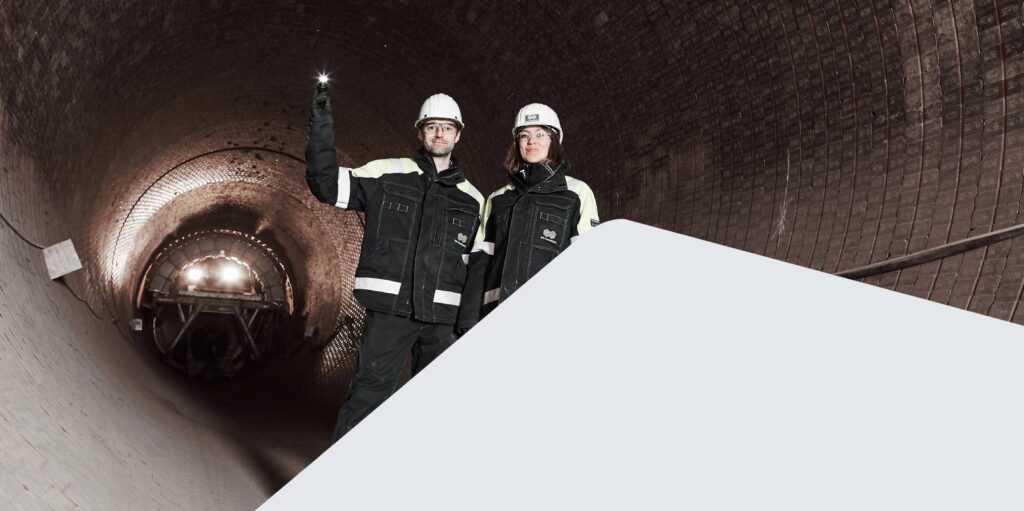The Crucial Role of Refractories in the Cement Industry
it is essential to recognize and appreciate the indispensable contribution of refractory cement suppliers. Without them, the foundation of our built world would be significantly less robust. Their versatility extends to industries like steelmaking, cement production, glass manufacturing, and more.

In the intricate world of cement production, numerous components contribute to the success of this vital industry. While cement is the heart of construction, there exists an unsung hero in the backdrop – refractories and the prominent refractory suppliers for cement industry. These unassuming materials play a pivotal role in ensuring the seamless functioning of the cement manufacturing process. In this article, we delve into the fascinating and often overlooked world of refractories and explore their indispensable role in the cement industry.
The Foundation of Cement: Clinker Production
The journey of cement production commences with the manufacture of clinker, a crucial ingredient. Clinker production is an energy-intensive process involving the heating of raw materials, primarily limestone, clay, and iron ore, to extremely high temperatures. It is at this stage that refractories reveal their importance.
The Heat-Resistant Guardians
Refractories, heat-resistant materials made from various elements and compounds, line the kilns and furnaces where raw materials are subjected to temperatures exceeding 1,450 degrees Celsius. These linings, often made of materials like magnesite, dolomite, or alumina, protect the steel shells of these massive structures from extreme heat and wear.
Extending Equipment Lifespan
In the harsh environment of cement kilns, the lifespan of equipment is significantly influenced by the quality of refractory linings. Premium refractories marketed by the top refractory cement suppliers insulate the kiln’s interior from the searing heat, reducing the risk of shell deformation and extending the life of these multimillion-dollar assets.
Ensuring Consistent Clinker Quality
Cement production relies on consistency in the chemical composition of clinker. Deviations can lead to unstable cement quality. Refractories play a crucial role in maintaining this consistency by ensuring the uniformity of temperature within the kiln. This, in turn, helps in the stable formation of clinker.
Cement Production: A High-Temperature Alchemy
Once clinker is produced, it undergoes grinding and mixing with gypsum to create the final cement product. Again, refractories come into play, this time in the production of cement in the cement mill.
Grinding and Blending
In cement mills, raw clinker is finely ground to create cement powder. These mills, operating at high rotational speeds, generate substantial heat due to friction. Refractory materials manufactured by top refractory suppliers for cement, often in the form of liners and balls, resist this heat, ensuring the efficiency and longevity of the milling process.
Controlling Temperature During Grinding
Maintaining a controlled temperature during grinding is essential for cement quality. Refractories assist in this task by isolating the process from external temperature fluctuations, resulting in uniform cement particle size distribution.
The Specialized World of Cement Kiln Refractories
Cement kiln refractories, tailored to withstand extreme conditions, are a diverse group of materials. The choice of refractory type depends on factors like kiln design, clinker chemistry, and production goals.
The Importance of Proper Installation
Even the most advanced refractories require expert installation. Proper lining techniques are critical, as they ensure the refractories’ ability to withstand thermal stresses, chemical attacks, and mechanical wear.
Alumina Refractories for Resistance
Alumina-based refractories, often used in the critical transition zone of the kiln, excel in resisting the corrosive effects of alkali and sulfur. Their installation ensures that the kiln’s operational lifespan is maximized.
Magnesia Refractories for Extreme Temperatures
Magnesia-based refractories are ideal for zones in the kiln exposed to extreme temperatures. They offer excellent resistance to thermal shock, making them suitable for high-temperature environments.
Magnesia refractories are essential materials in various high-temperature industrial applications due to their exceptional heat resistance and chemical stability. Composed primarily of magnesia (magnesium oxide), these refractories exhibit impressive refractory properties, making them ideal for lining furnaces, kilns, and other heat-intensive equipment. They can withstand temperatures exceeding 2,800°C (5,072°F) and resist the corrosive effects of molten metals and harsh chemicals.
Their versatility extends to industries like steelmaking, cement production, glass manufacturing, and more. Magnesia refractories come in various forms, including bricks, monolithics, and castables, each tailored to specific applications. Their durability, high melting point, and resistance to thermal shock make them indispensable in maintaining operational integrity in extreme environments.
Conclusion
In the labyrinthine world of cement manufacturing, refractories stand tall as the unsung heroes. Their role in protecting equipment, ensuring consistent product quality, and promoting sustainability cannot be overstated. As the cement industry continues to evolve, it is essential to recognize and appreciate the indispensable contribution of refractory cement suppliers. Without them, the foundation of our built world would be significantly less robust. Their versatility extends to industries like steelmaking, cement production, glass manufacturing, and more. Magnesia refractories come in various forms, including bricks, monolithics, and castables, each tailored to specific applications

